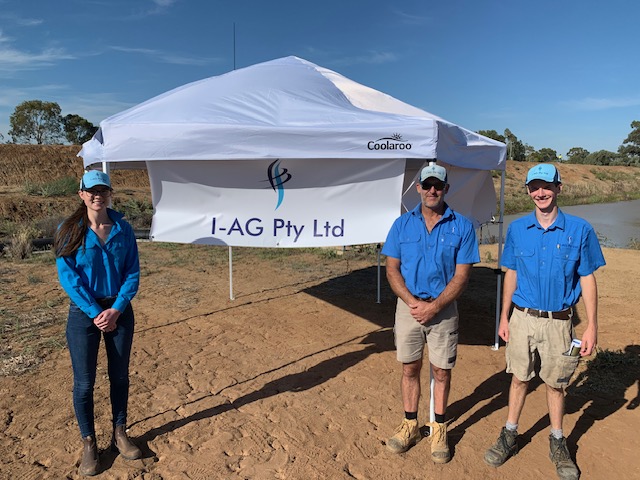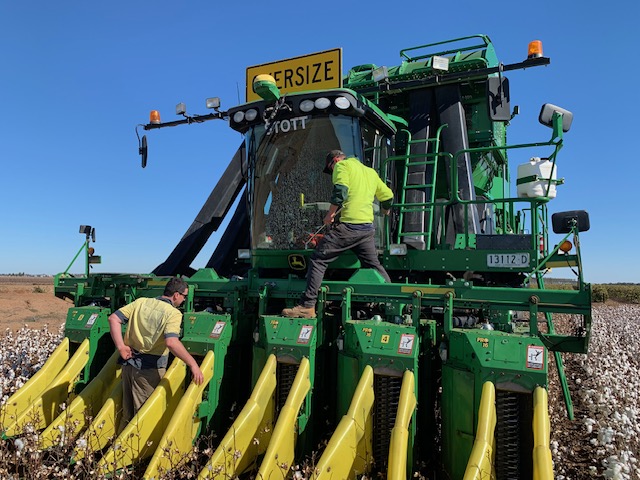
Sustainable Cotton Irrigation in Australia – Cotton is a vital crop in Australia, making the country one of the world’s leading cotton producers. However, cotton irrigation poses a significant threat to the environment, particularly water resources. In this article, we have an exclusive interview with Mr. Anthony Rudd, CEO of I-AG Pty Ltd, Australia. He shares his insights on how technology can aid Australian farmers in reducing the environmental impact of their operations.
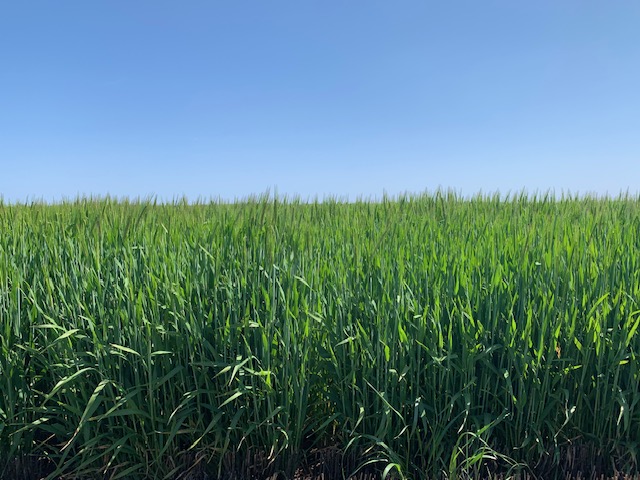
Cotton irrigation is essential for achieving satisfactory yield, but it can lead to excessive water consumption. In Australia, cotton-growing regions often experience a semi-arid climate with low rainfall. Indiscriminate water use for irrigation can result in several environmental issues, including water resource degradation, soil degradation, and sea level rise. To mitigate the environmental impact of cotton irrigation, adopting more sustainable practices is crucial.
One promising solution is the use of satellite-based technologies. These technologies can provide farmers with real-time data on soil and vegetation conditions, enabling more efficient irrigation.
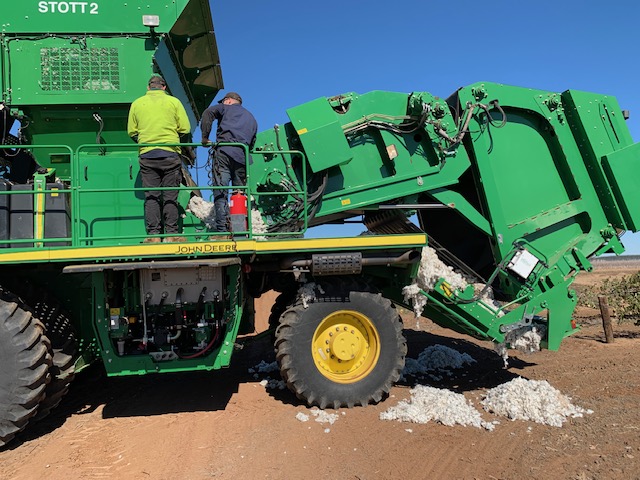
The MAP TIME EXPLORER project is a Copernicus-based information service for irrigation and nutrient management for agricultural systems. It uses satellite data to monitor soil, vegetation, and water resource conditions. This information can help farmers avoid over-irrigation, identify areas where fertilizer is needed, and make better decisions about when to irrigate.
We asked Mr. Rudd six key questions about these technologies and their impact on sustainable farming:
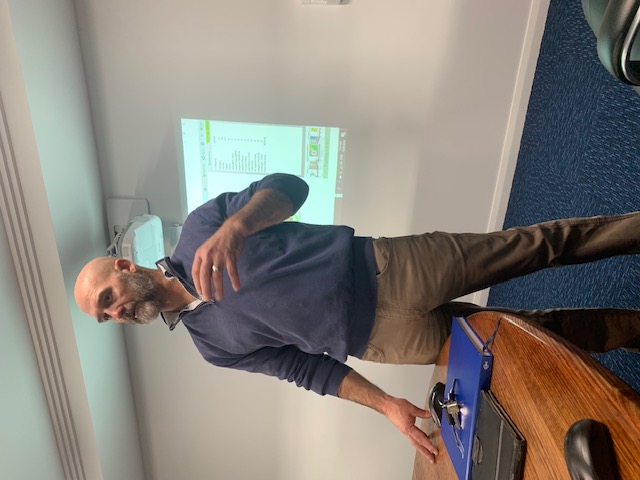
How has technology helped you to improve the sustainability of your cotton irrigation practices?
Technology is the main driver behind building sustainable irrigation practice.
Technology plays a part in every step of irrigation farming sustainability, from initial farm layout and
field design to actual delivery of water to the field, helping farmers to streamline their process to
reduce waste and increase efficiency. Technology enables farmers to monitor, analyze and design
farm irrigation systems and processes that are tailored to the farmers individual needs.
In short, without technology sustainable irrigation practice would not be achievable today.
What are some of the challenges you face in using technology to improve sustainability of your cotton irrigation practices?
One of the major challenges is deciding which technology is right for you. There is so much out there in the marketplace it is easy to become overwhelmed by the sheer volume. Another challenge is being able to integrate technology while implementing changes on farms in short time frames so usually change is made over a number of seasons. Data interoperability is another challenge. Support from resellers and big brand machinery dealers is nonexistent but this can be negated by engaging I-AG PTY LTD to provide that expertise and support.
What advice would you give to other farmers interested in using technology to improve the sustainability of cotton irrigation practices?
Before you go and spend huge sums of money redesigning your farm layout look at the
things you can do now to ascertain where you can use technology to improve your current process.
Look at things like using imagery and soil moisture probes to measure your current process
efficiency. This will also start you on your way to ascertaining which technologies suit you best and
give you a better understanding of what it is you’re trying to achieve.
Always conduct a cost and benefit analysis.
Technology adoption should be done in small steps with these things in mind.
Will this technology?
1 Reduce my overall water usage.
2 Makes my process more efficient.
3 Allows me to generate data to help improve, monitor, and develop my process.
4 Sustains the current level of crop yield.

What are the most important factors that you consider when choosing technology for cotton irrigation?
When we are looking at new technology, we consider the following:
1 What problem are we looking to solve?
2 Does this technology solve this problem?
3 What is the cost and perceived return?
4 Will this technology integrate with current technology easily?
5 Does this technology allow data generation and collection?
6 Can this technology be upgraded to align with emerging technology?
How has the use of technology impacted your crop yields?
Technology has a positive effect on crop yield but not in the way you might think.
Technology has allowed us to focus on reducing the amount of crop variability within each field.
Using tech like variable rate application driven by soil type, imagery, and historical yield data we
have been able to address parts of the field that are not performing as well as others. Data
generation from technology allows us to analyze historical and real time data to make better
decisions that are driven by real data, and we are able to investigate generated infield data to
confirm that those decisions had a positive effect on the outcome of that crop.Answer: A

How has the use of technology impacted your bottom line?
Technology has had a positive effect on our bottom line.
Essential technology has allowed au to achieve a level of efficiency never experienced before on
farm.
The reduction of input costs alone has more than paid for any outlay cost of the technology we use.
When I say input costs that includes chemical and nutrients, labor, time, fuel, and machinery costs.
Every process on farm has been enhanced by the use of multiple technologies.
Historical data generated by technology has allowed us to streamline our crop and field rotation as
well as giving us the flexibility to adapt and take advantage of changing food and fiber markets.
Thanking Anthony we can recap saying without any doubts that cotton irrigation is necessary for ensuring satisfactory yield, but it’s crucial to adopt sustainable practices to reduce environmental impact. Technology can play a significant role in this process by providing farmers with real-time data on soil and vegetation conditions.
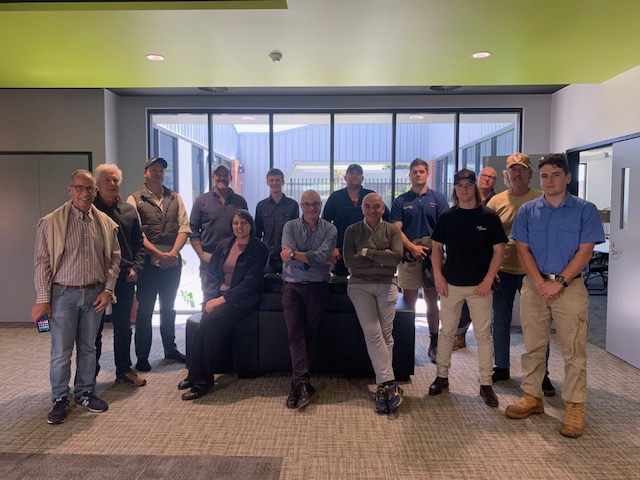
The MAP TIME EXPLORER project has developed a Copernicus-based information service that can help farmers irrigate more efficiently. The results of this project have shown that technology can be an effective solution for reducing the environmental impact of cotton irrigation.
To learn more about the MAPTIME EXPLORER project, write to us at:
info@maptime-explorer.com
or fill the form in our Home Page www.maptime-explorer.com

